Grazed grass remains the most cost-effective feed on Irish livestock farms. Reseeding and introducing productive grasses into swards are important factors to increasing farm productivity, and once the fundamentals are correct, this will be key to growing more grass.
Gurteen Agricultural College in Tipperary keeps a close eye on its grass wedge and paddock productivity. Traditionally, the college carried out the full plough, till and sow reseed on any underperforming paddocks. However, in 2018 the college decided to try overseeding some of these lower-producing paddocks. Farm manager Ken Flynn told us more.
“In 2018, there was a reseeding open day here at the college and Erth Engineering was showcasing its direct drill. After some conversations, we decided to try overseed (stitch in) some underperforming paddocks. To be honest, we initially didn’t hold out much hope for the trial, but we were shocked with the results from the third grazing onwards,” Ken explained.
“The first paddock we overseeded was poor to average in terms of grass production, and was a little bit damaged. We sowed it 10 days before it was grazed, and rolled it.
“It was grazed on day 10, with the idea here being that the new grass has emerged, but isn’t up enough to be plucked out by the cows, while the light is being let down to the new grass.
“We didn’t change our fertiliser plan, spread protected urea as normal and the paddock was grazed a little lighter again three weeks later, and as normal from there onwards. By the third grazing, we could notice the boost in grass production. Today, this paddock remains in our top 30% of the farm’s highest grass growing paddocks.” 
"On average, we are seeing an additional yearly production of 2.5tDM/ha from these (overseeded) paddocks".
Additional productivity
“We have overseeded over 60ac on the farm since 2018 across the dairy and drystock grazing platforms. On average, we are seeing an additional yearly production of 2.5tDM/ha from these paddocks. In 2018 it grew 10tDM/ha, in 2019 this increased to just over 15tDM/ha.
“In 2021, it recorded a production of 17tDM/ha. Over these years, fertiliser usage remained largely the same, while grass management also improved on the farm.
“We tend to carry out most of the overseeding in April, May and June, as the autumn is busy with the harvest and new students starting back. We start to see the benefit of the new grass from the third grazing, but it’s a year or more later when it has really matured and we can see a noticeable difference on the grass wedge. As we’re only at it since 2018, we’re still unsure how long the overseeding boost will last in the sward but its looking good to date.
“We’ve carried out all the overseeding and direct drilling using an Erth Agriseeder. We’re very happy with the Agriseeder and its ability to place the seed in direct contact with the soil. Once calibrated, we found the metering device to be very accurate. We use it on a New Holland T6.180 or a T7.210. It’s easy to pull, but you would need weights to operate it for comfort.”
When to reseed/overseed
“On the farm here we make a paddock-by-paddock approach based decision, and it’s largely based on the presence of weeds. If there are a lot of weeds, we burn the paddock off. If the ground is uneven, it’s ploughed, tilled and sowed. If it’s level, it’s direct drilled with the Erth Agriseeder. If the paddock is quite clean, but the sward is open and underperforming on the grass wedge, we overseed it. After all, we don’t know how long more glyphosate will or will not be on the market, so its good to have a proven plan B.
“We tend to overseed at a bag (12kg)/acre, and have been using an Abergain, Aberchoice and clover mix, which is no different to what we would use in a full reseed.
“We have earmarked a further 20ac for overseeding this year, and will be using the machine to stitch in a further 20 plus acres of clover. To date, we have only stitched paddocks but intend on trying silage ground. We have also used the drill to sow fodder rape into winter barley stubble which worked very well,” concluded Ken.
Farm facts
Name: Gurteen College.Location: Ballingarry, North Tipperary.Farm size: 1,000 acres.Additional average paddock production from overseeding: 2.5tDM/ha.240 dairy cows.70 suckler cows.120 beef cattle.150 ewes.100 acres tillage.80 acres willow to heat the college.100 acres forestry. 80 acres of bog.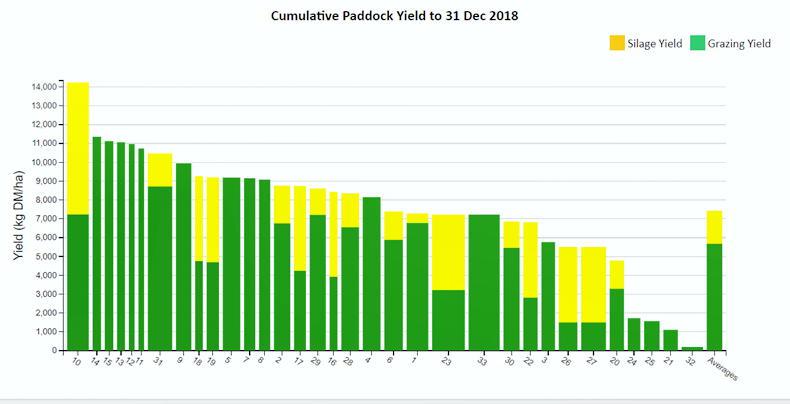
2018- Paddock number 9 grew 10tDM/ha.
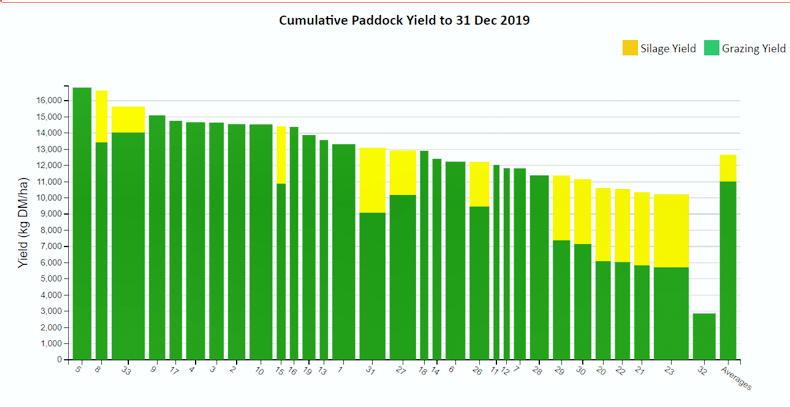
2019- Paddock number 9 was overseeded in April and grew over 15tDM/ha.
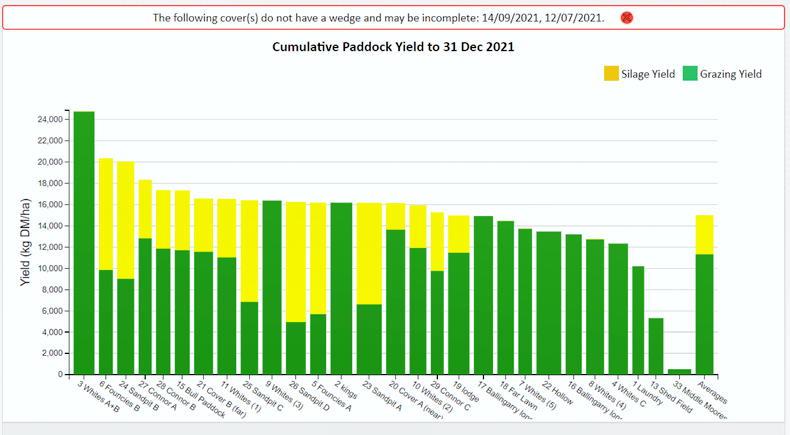
2021- The farm was restructured and paddock number 9 subsequently was labelled number15. It recorded a production of 17tDM/ha.
Paddock number 9 was overseeded in April and grew over 15tDM/ha.
Grazed grass remains the most cost-effective feed on Irish livestock farms. Reseeding and introducing productive grasses into swards are important factors to increasing farm productivity, and once the fundamentals are correct, this will be key to growing more grass.
Gurteen Agricultural College in Tipperary keeps a close eye on its grass wedge and paddock productivity. Traditionally, the college carried out the full plough, till and sow reseed on any underperforming paddocks. However, in 2018 the college decided to try overseeding some of these lower-producing paddocks. Farm manager Ken Flynn told us more.
“In 2018, there was a reseeding open day here at the college and Erth Engineering was showcasing its direct drill. After some conversations, we decided to try overseed (stitch in) some underperforming paddocks. To be honest, we initially didn’t hold out much hope for the trial, but we were shocked with the results from the third grazing onwards,” Ken explained.
“The first paddock we overseeded was poor to average in terms of grass production, and was a little bit damaged. We sowed it 10 days before it was grazed, and rolled it.
“It was grazed on day 10, with the idea here being that the new grass has emerged, but isn’t up enough to be plucked out by the cows, while the light is being let down to the new grass.
“We didn’t change our fertiliser plan, spread protected urea as normal and the paddock was grazed a little lighter again three weeks later, and as normal from there onwards. By the third grazing, we could notice the boost in grass production. Today, this paddock remains in our top 30% of the farm’s highest grass growing paddocks.” 
"On average, we are seeing an additional yearly production of 2.5tDM/ha from these (overseeded) paddocks".
Additional productivity
“We have overseeded over 60ac on the farm since 2018 across the dairy and drystock grazing platforms. On average, we are seeing an additional yearly production of 2.5tDM/ha from these paddocks. In 2018 it grew 10tDM/ha, in 2019 this increased to just over 15tDM/ha.
“In 2021, it recorded a production of 17tDM/ha. Over these years, fertiliser usage remained largely the same, while grass management also improved on the farm.
“We tend to carry out most of the overseeding in April, May and June, as the autumn is busy with the harvest and new students starting back. We start to see the benefit of the new grass from the third grazing, but it’s a year or more later when it has really matured and we can see a noticeable difference on the grass wedge. As we’re only at it since 2018, we’re still unsure how long the overseeding boost will last in the sward but its looking good to date.
“We’ve carried out all the overseeding and direct drilling using an Erth Agriseeder. We’re very happy with the Agriseeder and its ability to place the seed in direct contact with the soil. Once calibrated, we found the metering device to be very accurate. We use it on a New Holland T6.180 or a T7.210. It’s easy to pull, but you would need weights to operate it for comfort.”
When to reseed/overseed
“On the farm here we make a paddock-by-paddock approach based decision, and it’s largely based on the presence of weeds. If there are a lot of weeds, we burn the paddock off. If the ground is uneven, it’s ploughed, tilled and sowed. If it’s level, it’s direct drilled with the Erth Agriseeder. If the paddock is quite clean, but the sward is open and underperforming on the grass wedge, we overseed it. After all, we don’t know how long more glyphosate will or will not be on the market, so its good to have a proven plan B.
“We tend to overseed at a bag (12kg)/acre, and have been using an Abergain, Aberchoice and clover mix, which is no different to what we would use in a full reseed.
“We have earmarked a further 20ac for overseeding this year, and will be using the machine to stitch in a further 20 plus acres of clover. To date, we have only stitched paddocks but intend on trying silage ground. We have also used the drill to sow fodder rape into winter barley stubble which worked very well,” concluded Ken.
Farm facts
Name: Gurteen College.Location: Ballingarry, North Tipperary.Farm size: 1,000 acres.Additional average paddock production from overseeding: 2.5tDM/ha.240 dairy cows.70 suckler cows.120 beef cattle.150 ewes.100 acres tillage.80 acres willow to heat the college.100 acres forestry. 80 acres of bog.
2018- Paddock number 9 grew 10tDM/ha.

2019- Paddock number 9 was overseeded in April and grew over 15tDM/ha.

2021- The farm was restructured and paddock number 9 subsequently was labelled number15. It recorded a production of 17tDM/ha.
Paddock number 9 was overseeded in April and grew over 15tDM/ha.









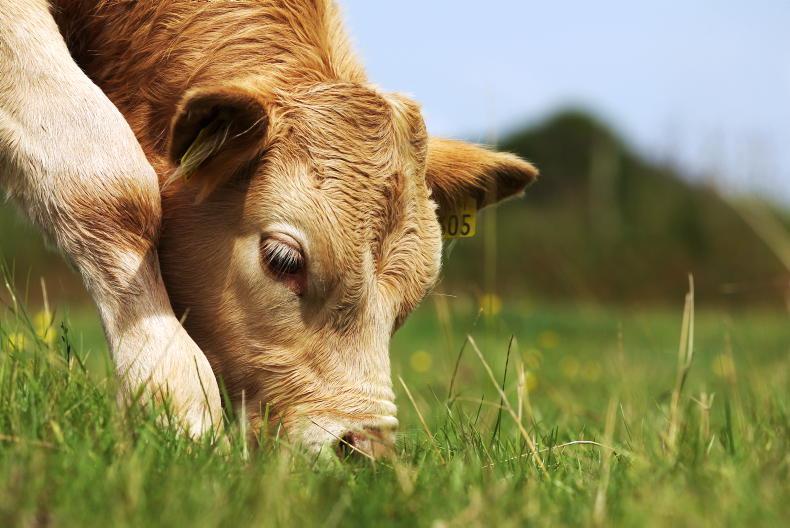
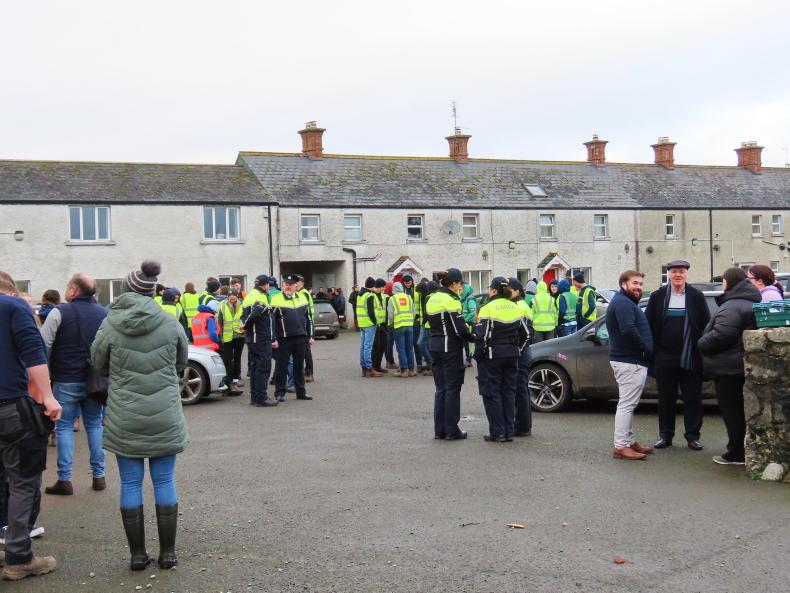
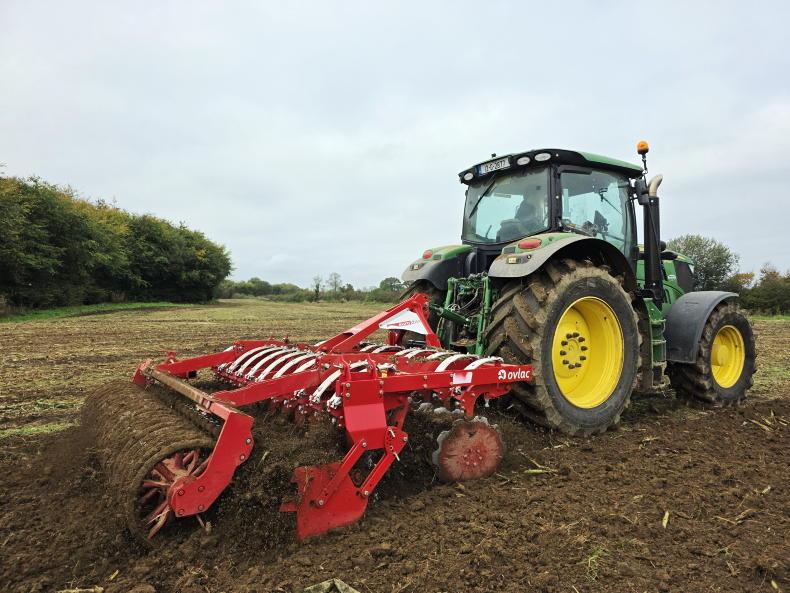
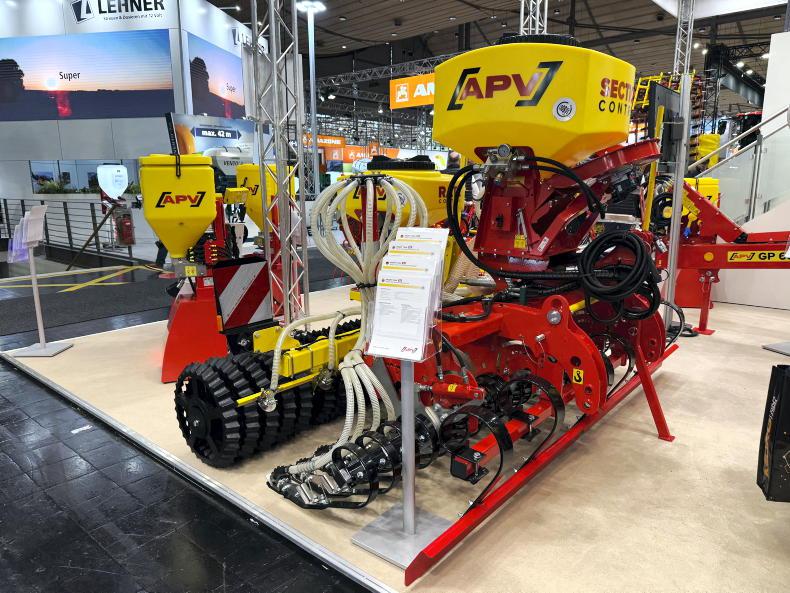
SHARING OPTIONS